From the moment they enter the world, foals captivate us with their grace and beauty. However, one of the most fascinating aspects of their birth lies beneath — specifically, their hooves. Understanding the initial stages of horse hoof development reveals the intricacies of equine biology and the critical beginning of life for these majestic animals.
When born, foals are equipped with fully developed hooves that are initially sheathed in a soft, protective covering known as the eponychium, or “foal slippers.” This unique feature serves vital functions for both the newborn and its mother:
- Protection for the mother’s birth canal during delivery
- Assistance for the foal to stand and walk quickly to escape predators
Insights into Equine Hoof Formation
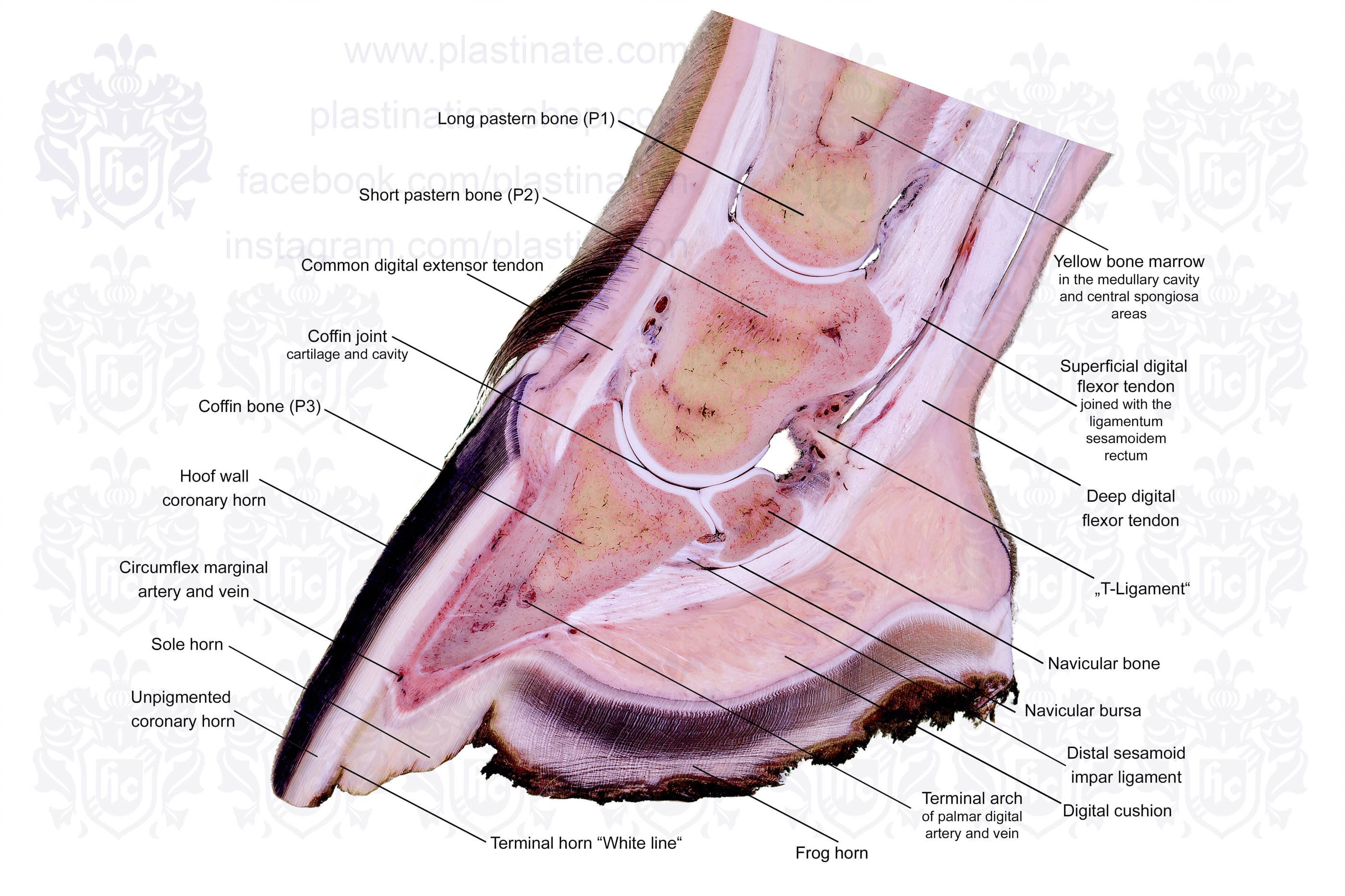
The gestation period of a horse is a time of intricate biological engineering, culminating in the development of the foal’s hooves, which are essential for its survival and movement. This section will delve into the prenatal stages and the evolutionary journey that has shaped the hoof’s current form.
Complexities of Equine Hoof Anatomy
An exploration into the anatomy of the horse’s hoof unveils a complex structure tailored for endurance and functionality. The periople acts as a seal to maintain moisture levels, while the robust hoof wall supports the weight of the horse. The sole guards the inner hoof structures, and the frog, shaped like a “V,” provides shock absorption and traction. The digital cushion, located underneath the frog, not only aids in shock absorption but also facilitates blood flow through the leg. These elements are indispensable for the multitude of activities a horse performs daily.
- Periople: Maintains hydration
- Hoof Wall: Main support structure
- Sole: Guards inner structures
- Frog: Enhances shock absorption and traction
- Digital Cushion: Assists in leg circulation
Formation of the Hoof Before Birth
Equine hoof formation initiates as the fetus develops. Within the womb, the foal’s hooves begin as small, soft tissues that gradually transform into harder, keratin-rich structures. This transformation is perfectly synchronized with the foal’s birth, ensuring the newborn is ready for the demands of life outside the womb.
As the foal’s development progresses in the mare, a pivotal component forms: the protective eponychium. This layer is crucial for safeguarding the mare during delivery and for supporting the foal’s initial movements.
Evolutionary Perspectives on Hoof Development
The horse’s single hoof is the result of millions of years of evolution, a transformation from an ancestor with multiple toes to the efficient structure we see today. This adaptation has enabled horses to traverse various landscapes effectively, conserving energy for eluding predators. The swift solidification of the foal’s hooves post-birth is a testament to these evolutionary pressures, emphasizing the necessity for immediate mobility in the wild.
Comprehending the complexities of horse hoof development and anatomy fosters a deeper appreciation for these animals and highlights the need for attentive care from the very beginning of their lives. Informed management can help maintain the well-being and longevity of horses in human care.
Essentials of Newborn Equine Management
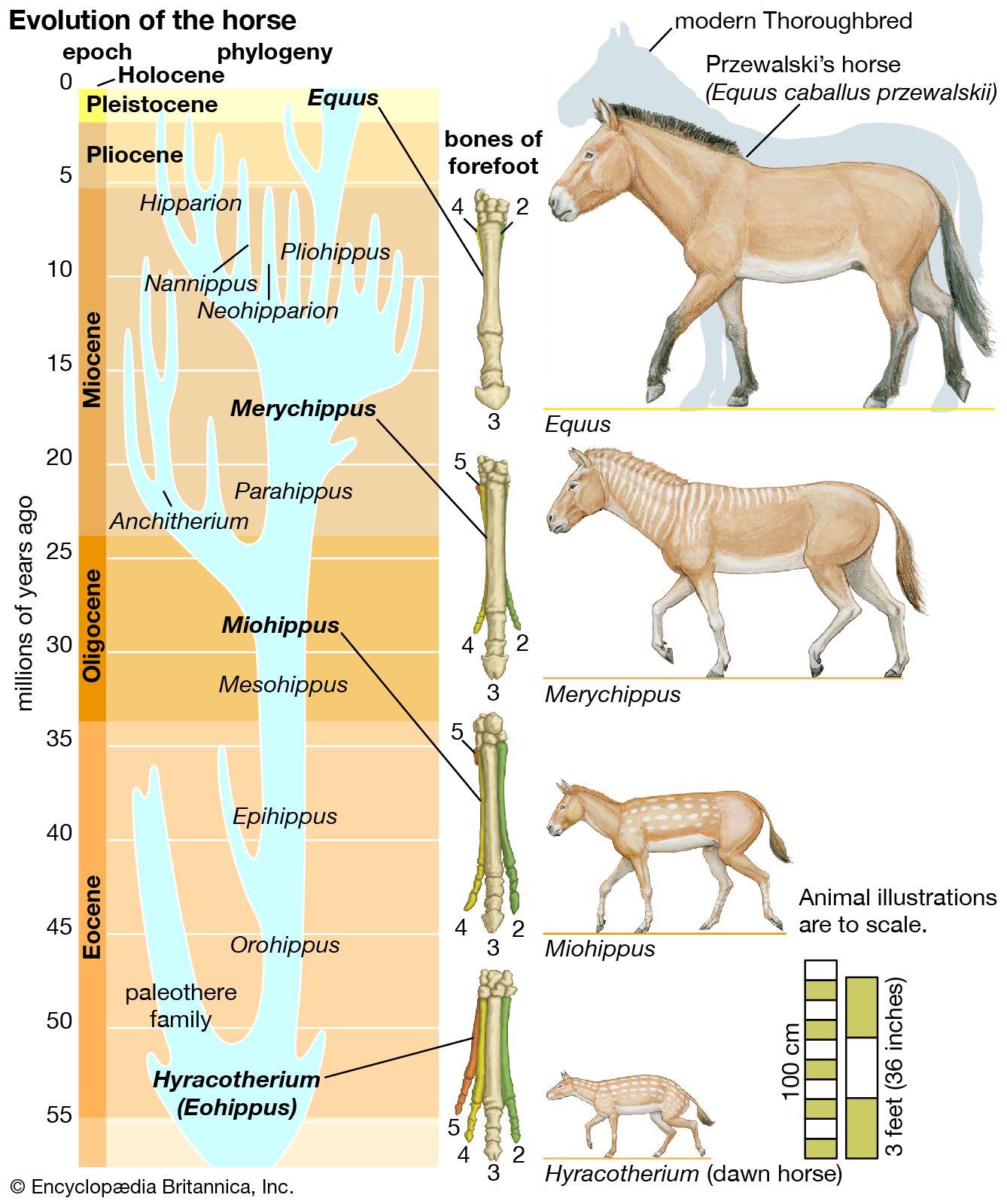
Caring for a newborn foal is a delicate endeavor demanding close observation and skilled knowledge. The foal’s immediate health, including proper breathing and the absence of congenital defects, is a priority. Establishing early nutrition, creating a hazard-free environment, and reinforcing the mare-foal bond are all critical for the young horse’s physical and emotional growth. Proactive and informed care can significantly influence the foal’s long-term well-being and capabilities.
Early Life Health Assessments
A veterinarian’s assessment of the foal shortly after its arrival is crucial to confirm its health status and address any immediate needs, such as maintaining body temperature or ensuring the foal starts to nurse effectively. Observing the foal’s ability to stand and its suckling reflex provides insight into its vitality.
Feeding Strategies for Foals
While the mare’s milk is the primary source of nutrition for the foal, supplementary feeding might be necessary in certain circumstances. Monitoring the foal’s development closely ensures that its nutritional needs are met for optimal growth.
Creating an Optimal Foal Habitat
The foal’s environment plays a significant role in its health and safety. A secure space that allows for movement yet is free from potential dangers is essential for a foal’s exploration and development. Adequate rest is facilitated by providing a comfortable area with sufficient bedding and protection from the elements.
Foundations for Healthy Hoof Growth
- Initial Hoof Examination: Soon after birth, the foal’s hooves should be checked for symmetry and absence of issues.
- Signs of Hoof Health: It’s important to be vigilant for indications of infection such as unusual discharge or swelling around the hooves.
- Environmental Factors: A soft, supportive surface in the foaling location aids the young horse’s first steps and minimizes the chance of hoof damage.
- Hoof Care Milestones: A farrier’s expertise will be beneficial when deciding on the right time for the first hoof trimming, which is generally within the initial weeks.
Supporting Emotional and Social Maturity
Emotional well-being and socialization are as vital as physical health. It is crucial to minimize stress for the foal by handling it gently and ensuring it has quality time to bond with its mother, which aids in the development of proper equine behaviors.
Preventative Health Measures
A robust plan for immunization and deworming is necessary to shield the foal from prevalent equine illnesses. A veterinarian can outline an immunization schedule tailored to the young horse’s needs and local disease risks.
Comprehensive Care for Mare and Foal
Supporting the mare’s health benefits the foal indirectly, as a well-nourished and healthy mare can better nurse and care for her young. Regular health evaluations for both mare and foal are indispensable for early detection and treatment of any health issues.
By integrating a holistic approach to foal management with a focus on caring for foal hooves, caregivers can establish a robust groundwork for the foal’s future health and success. Attentive care, prompt intervention when needed, and a caring environment are the cornerstones of superior foal management that contribute to a prosperous and healthy life for the young equine.
Understanding Eponychium’s Function in Foal Hoof Development

The eponychium, a keratinous structure enveloping the hooves of a newborn foal, aids the transition from the womb to the external world. Its significance in the early stages of a horse’s life is a testament to the complex nature of equine development and the need for specialized care during this period.
Composition and Function of the Eponychium
This specialized part of the hoof’s protective system is both soft to protect the mare during birth and sturdy to support the foal’s tentative first movements. Its soft texture prevents injury to the birth canal, while its durability is essential for the foal’s initial steps.
Dynamics of Eponychium Function
- Ensuring Mare Safety: Its softness is crucial for protecting the mare during the birthing process.
- Facilitating Foal Movement: The eponychium provides the necessary cushioning to help the foal stand and walk, a critical survival trait in natural environments.
- Enhancing Grip: The texture contributes to the foal’s stability as it learns to navigate its surroundings.
Developmental Progression of the Eponychium
During gestation, the eponychium forms and strengthens in tandem with the foal’s development. At birth, it is ready to perform its protective role, signifying the intricate timing within equine developmental biology.
Factors Affecting Eponychium Wear
Post-birth, the eponychium naturally wears away, and external elements like terrain and climate can affect this process. Caregivers should attend to these aspects to promote a trouble-free transition to more resilient hooves.
Nutritional Support for Hoof and Eponychium Health
A balanced diet is vital for the foal’s growth, particularly for maintaining hoof and eponychium health. Adequate nourishment for the mare during gestation indirectly benefits the foal’s hoof development, ensuring a strong eponychium and proper hoof formation.
Recognizing Eponychium Disorders
At times, foals may exhibit eponychium irregularities, potentially indicating broader health concerns. Such deviations may interfere with normal hoof maturation and require early veterinary intervention to avert persistent hoof issues.
Post-Shedding Hoof Supervision
Following the eponychium’s natural shedding, attentiveness to the emerging hooves is paramount. Implementing thorough hygiene, ongoing assessments, and environmental management is part of a holistic strategy for encouraging healthy hoof development.
A nuanced understanding of the eponychium’s role in hoof growth is crucial for equine caretakers. Through informed practices, they can ensure newborn foals receive the care necessary for a robust start, laying the foundation for the animal’s future well-being and functionality.
Advancing Foal Hoof Health through Equine Podiatry
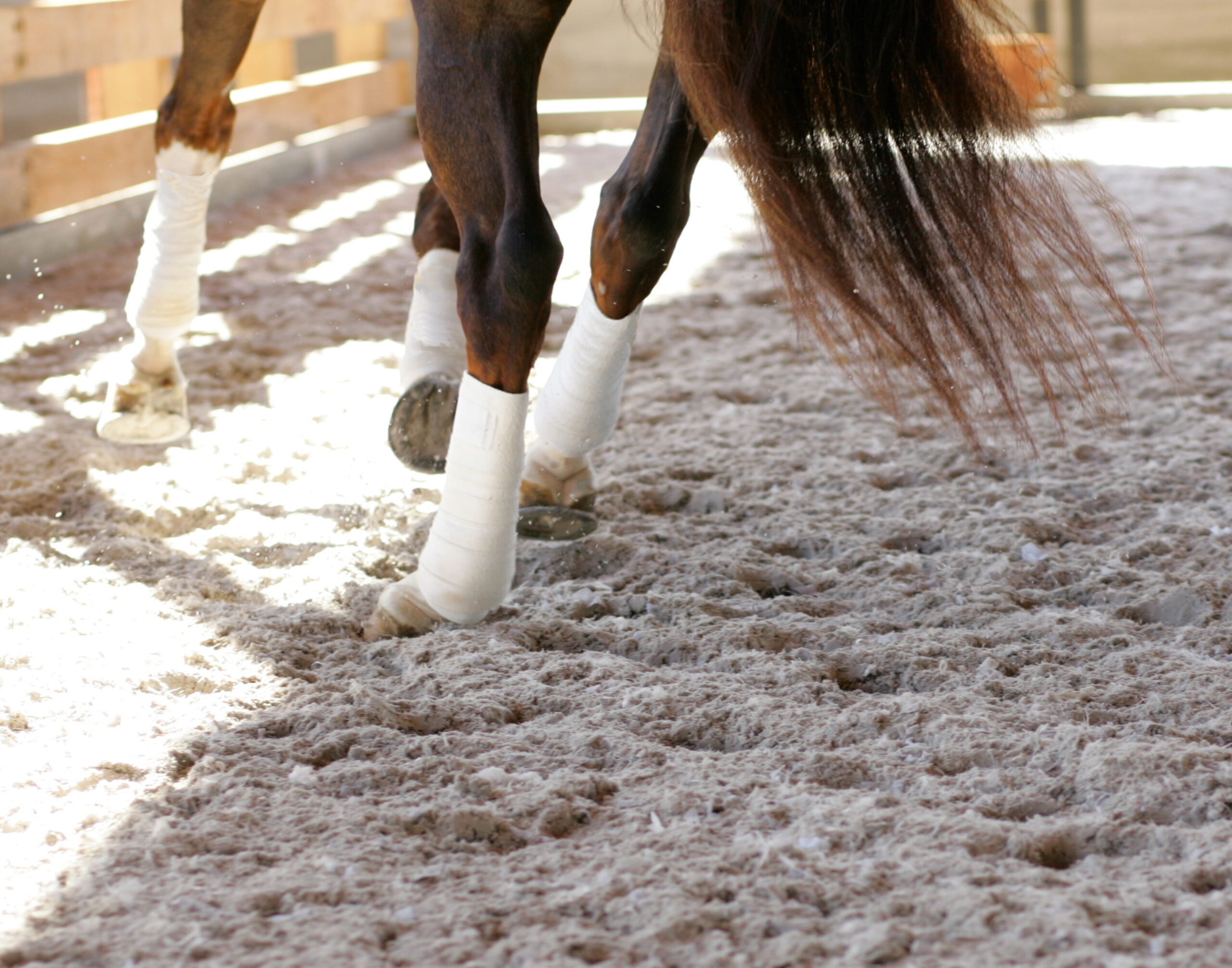
Equine podiatry encompasses the dedicated care of horse hoof health, with a particular emphasis on the formative years of a foal. This specialized area of veterinary practice is akin to pediatric care for young animals, focusing on providing the best possible foundation for their future stability and overall health.
Proactive Foal Hoof Monitoring Practices
A thorough approach to foal hoof care involves vigilant oversight of their development. Caretakers and veterinarians work together to ensure that growth is consistent and symmetrical. They also manage the foal’s environment, providing a suitable mix of soft bedding for resting and varied terrains for natural hoof wear and strengthening. Key practices include:
- Consistent Growth Checks: Ensuring hooves develop evenly and identifying any irregularities promptly.
- Conformation Management: Implementing corrective protocols if necessary to address structural deviations.
- Terrain Variation: Offering different grounds to encourage healthy wear patterns and hoof strength.
Optimizing Living Spaces for Foal Hoof Health
The living conditions for a foal are fundamental in promoting proper hoof development. These spaces must be meticulously maintained to be clean, safe, and designed to foster a balance between rest and movement, which is critical for hoof conditioning and strength.
Nurturing Hoof Health through Nutrition
A balanced diet, encompassing vital nutrients such as biotin, amino acids, and vitamins, is essential for the development of resilient foal hooves. This nutritional support aids in the production of keratin, enhancing the durability and integrity of the hooves.
Preemptive Approaches to Hoof Care
Implementing preventive measures is crucial in averting common hoof issues in foals. Strategies to ensure hoof health include:
- Maintaining Cleanliness: Regular cleaning of the hooves to minimize the risk of infections.
- Diligent Observations: Prompt identification of potential problems such as hoof cracks or irregular growth.
- Farrier Engagements: Regular visits from a farrier for professional maintenance and guidance.
Assessing and Correcting Foal Limb Conformation
Equine podiatrists and farriers collaborate to evaluate and address any conformational discrepancies in foal limbs that might impact their hoof health and limb functionality. Through their expertise, they may utilize therapeutic shoeing or trimming to help correct or manage these issues.
Leveraging Technological Advancements in Hoof Care
Technological progress, including digital imaging and motion analysis, has refined the field of equine podiatry, allowing for more accurate assessments and treatments tailored to each foal’s unique requirements.
By combining meticulous care, environmental control, proper nutrition, and cutting-edge technology, equine podiatry ensures the comprehensive well-being of foals. By observing these practices, those responsible for foal care can help these young equines mature into robust and capable horses, ready to meet the demands of their active lives.
Comprehensive Strategies for Horse Hoof Vitality
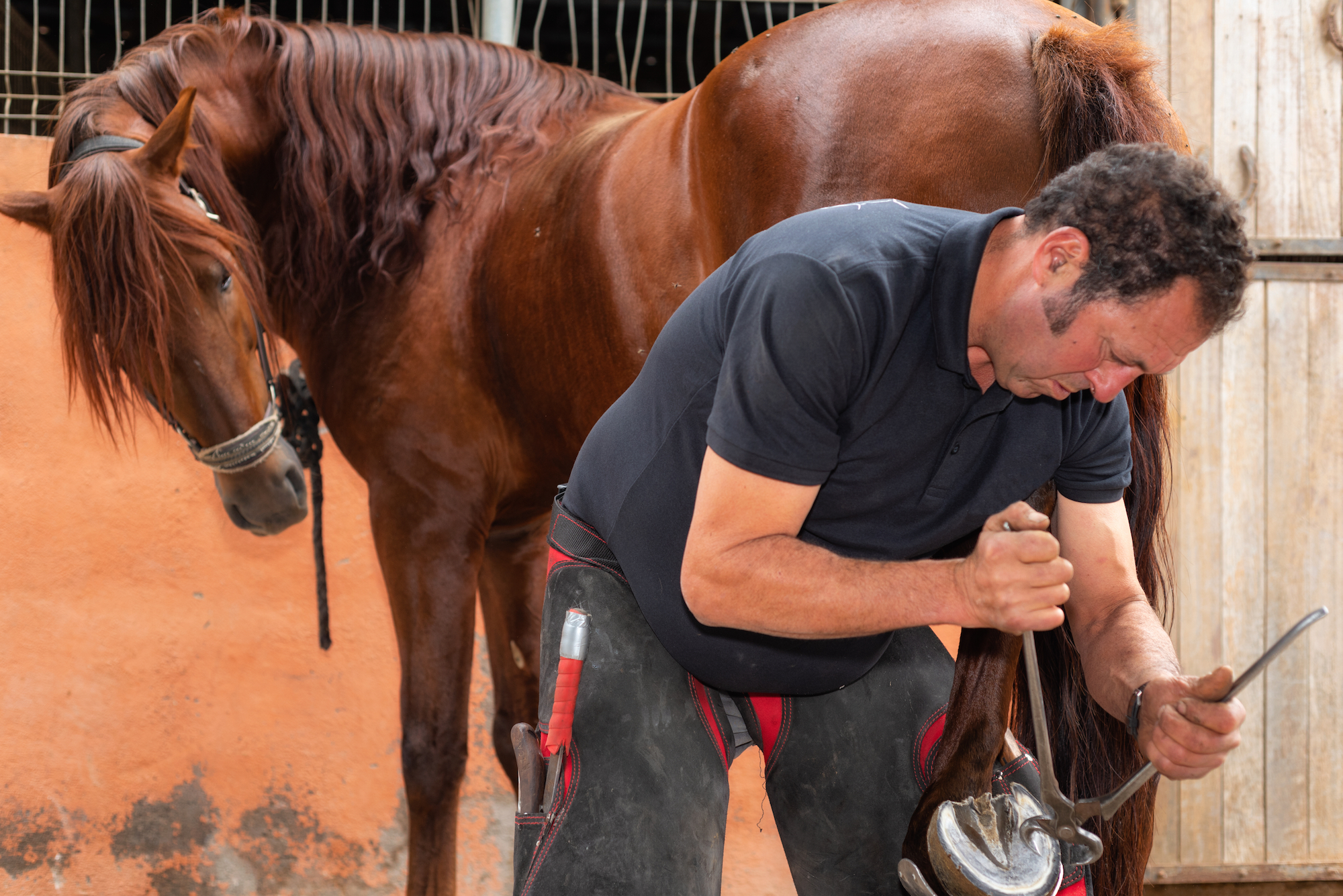
Consistent and attentive management is crucial for the vitality of horse hooves, which are fundamental to a horse’s mobility and overall health. A multifaceted approach is key, involving not only nutritional support and physical activity but also a thorough cleaning routine and thoughtful environmental control. By adopting a proactive stance and employing effective practices, the well-being and longevity of horses can be significantly improved.
Key Nutritional Elements for Hoof Vigor
Provisioning a diet that fortifies hoof integrity is essential. Specific nutrients play pivotal roles in maintaining hoof strength and resilience. It is imperative to evaluate and enhance the horse’s diet to encompass these crucial components, whether via high-quality forage, specialized equine feeds, or targeted supplements.
- Keratin Production: Biotin aids in forming strong hoof walls.
- Cellular Health: Zinc and copper are integral for repair processes.
- Hoof Elasticity: Essential fatty acids contribute to overall hoof condition.
Physical Activity: Its Role in Hoof Conditioning
Movement is vital not just for a horse’s overall fitness but also for stimulating hoof circulation, aiding in nutrient delivery and metabolic waste removal. A calculated exercise regimen reinforces hoof robustness while mitigating the risk of hoof-related ailments. Balancing exercise intensity and choosing appropriate terrains are pivotal to prevent damage from overstrain or improper surfaces.
Hoof-Centric Environmental Management
A horse’s living conditions can profoundly affect the state of its hooves. Regular stable maintenance and providing diverse ground textures for natural hoof conditioning are crucial in averting common environmental hoof issues. The focus should be on preventing prolonged exposure to moisture or overly arid conditions that can respectively soften or crack the hooves.
Farrier Involvement in Hoof Upkeep
Access to a knowledgeable farrier is indispensable for timely hoof care. Regular professional assessments are necessary to preserve the hooves’ shape and functionality. By recognizing early signs of potential complications, a farrier can administer corrective measures. Committing to farrier visits at regular intervals, typically every six to eight weeks, should be a staple in equine care.
Proactive Management of Hoof Health Issues
Early detection and management of hoof conditions are critical. Conditions such as white line disease, seedy toe, or thrush necessitate prompt action to curb progression. A regimen of thorough cleansing and the application of suitable treatments, along with professional veterinary counsel, fortifies a robust hoof health framework.
Adjusting Hoof Care With the Seasons
Hoof care must adapt to seasonal variations as they can impact hoof condition. Anticipating and responding to these changes with appropriate care adjustments, such as increased hoof drying efforts during wet periods or the application of moisturizers in dry seasons, is essential for maintaining hoof integrity year-round.
Diligent adherence to these hoof care facets allows horse caretakers to forestall common issues, ensuring their equine charges enjoy a quality life and realize their inherent potential.
If you’re intrigued by the majestic world of horses, you might find yourself wondering about their various attributes and history. For instance, you can learn about the impressive stature of certain breeds by exploring how tall Shire horses are, or delve into the past to discover when people started riding horses. Additionally, for those curious about the beginning of a horse’s life journey, the process of their birth is fascinatingly detailed in our article on how horses are born. Each aspect offers a glimpse into the remarkable nature of these noble creatures.
Conclusion: The Importance of Understanding Horse Hooves
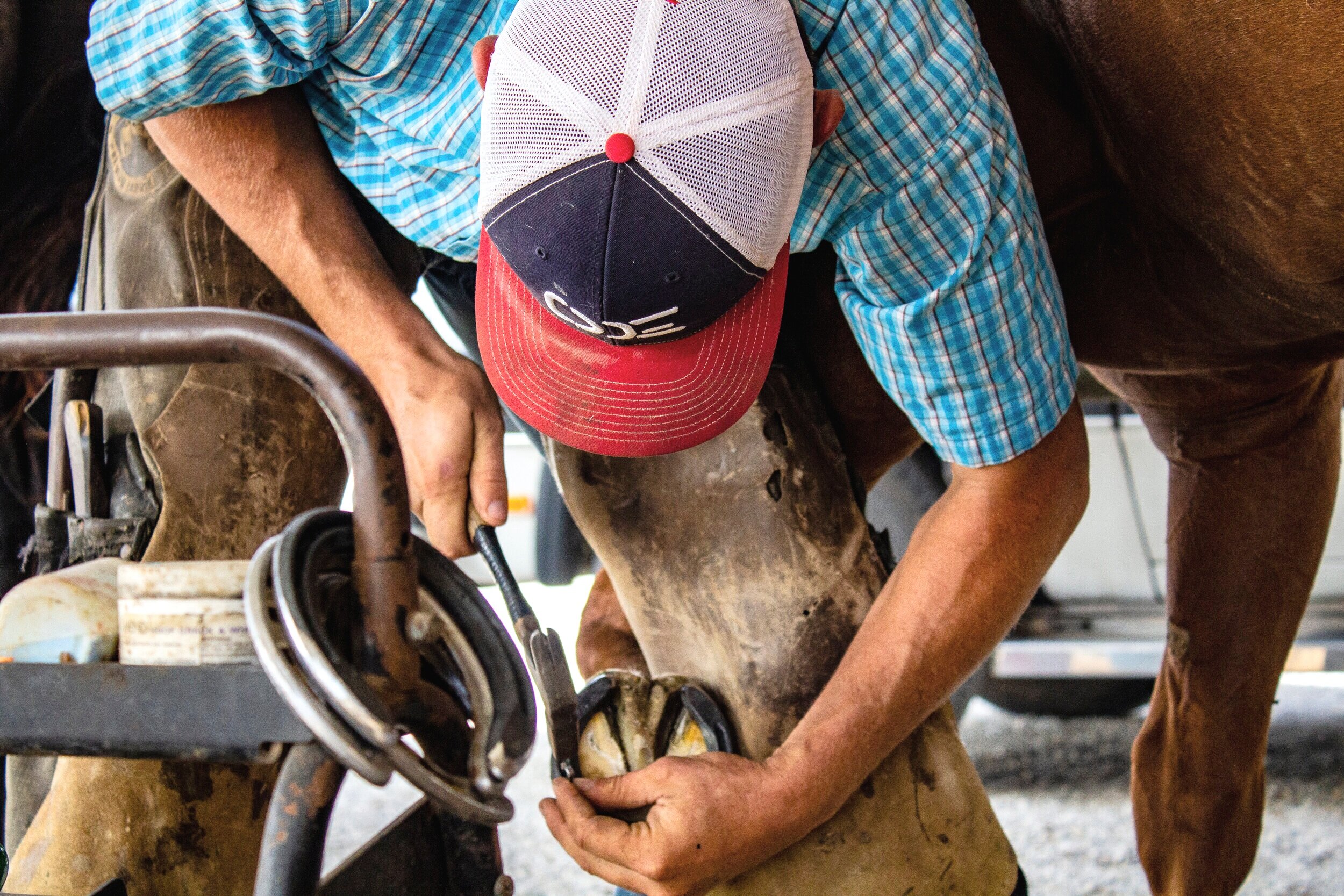
Understanding horse hooves, especially from the moment of birth, is critical for anyone involved in the care and stewardship of these magnificent animals. Recognizing the role of the eponychium and the importance of early hoof care can set the stage for a lifetime of health and mobility for a horse. As horse owners, breeders, or caretakers, we must commit to the well-being of these creatures, acknowledging that their hooves are the foundation upon which their entire lives stand.



